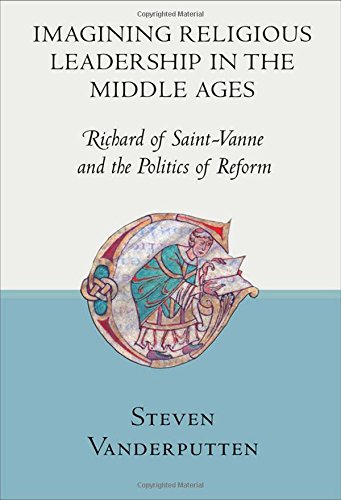

Most ebook files are in PDF format, so you can easily read them using various software such as Foxit Reader or directly on the Google Chrome browser.
Some ebook files are released by publishers in other formats such as .awz, .mobi, .epub, .fb2, etc. You may need to install specific software to read these formats on mobile/PC, such as Calibre.
Please read the tutorial at this link. https://ebooknice.com/page/post?id=faq
We offer FREE conversion to the popular formats you request; however, this may take some time. Therefore, right after payment, please email us, and we will try to provide the service as quickly as possible.
For some exceptional file formats or broken links (if any), please refrain from opening any disputes. Instead, email us first, and we will try to assist within a maximum of 6 hours.
EbookNice Team

Status:
Available0.0
0 reviewsAround the turn of the first millennium AD, there emerged in the former Carolingian Empire a generation of abbots that came to be remembered as one of the most influential in the history of Western monasticism. In this book Steven Vanderputten reevaluates the historical significance of this generation of monastic leaders through an in-depth study of one of its most prominent figures, Richard of Saint-Vanne. During his lifetime, Richard (d. 1046) served as abbot of numerous monasteries, which gained him a reputation as a highly successful administrator and reformer of monastic discipline. As Vanderputten shows, however, a more complex view of Richard's career, spirituality, and motivations enables us to better evaluate his achievements as church leader and reformer.
Vanderputten analyzes various accounts of Richard’s life, contemporary sources that are revealing of his worldview and self-conception, and the evidence relating to his actions as a monastic reformer and as a promoter of conversion. Richard himself conceived of his life as an evolving commentary on a wide range of issues relating to individual spirituality, monastic discipline, and religious leadership. This commentary, which combined highly conservative and revolutionary elements, reached far beyond the walls of the monastery and concerned many of the issues that would divide the church and its subjects in the later eleventh century.